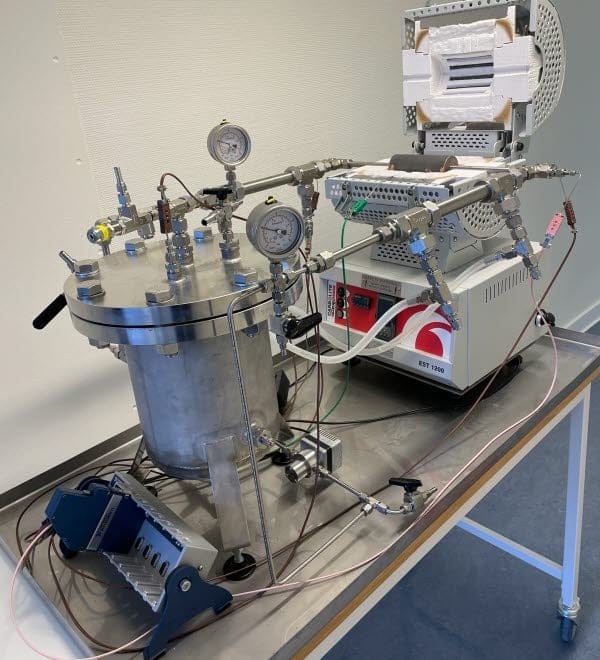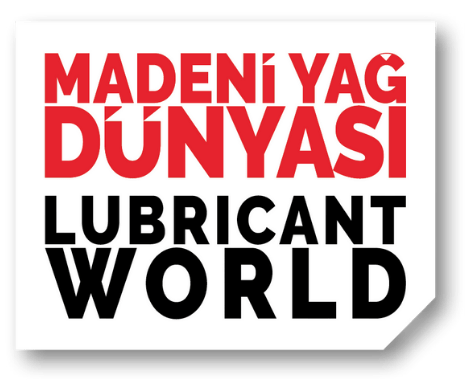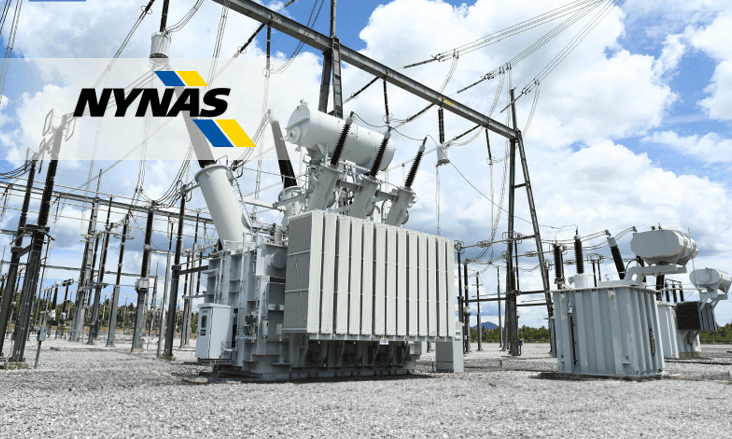At Nynas, the developers of transformer liquids have a new R&D tool – a functional bench-top test rig in which they can mimic the conditions of thermal faults. Simulated performance testing is enabling quicker, easier and more cost-effective evaluation of novel insulating fluids.
Thermal faults in transformers leave traces in the form of gases dissolved in the insulating fluid. Dissolved gas analysis (DGA) is therefore a widely used technique for monitoring the condition of transformers and for early detection of faults. However, DGA can also be used to assess the performance of the transformer oil.
“This is why we have built a bench-top test rig in our lab. For us, it is of the utmost importance that we learn as much as possible about the gassing behaviour of different dielectric liquids, as this enables us to develop new transformer oil products,” says Nynas Staff Researcher Dr. Pär Wedin.
The test rig enables Nynas’ researchers to simulate thermal faults at controlled temperatures up to 800°C. So far, this has allowed them to illustrate the differences in DGA data for various commercially used insulating fluids, including inhibited and uninhibited mineral oil, as well as a natural ester. Moving forward, the instrument will be an invaluable tool for testing the next generation of insulating oils.

Figure 1. An overview of the bench-top test rig with the tank, the pipe furnace and two water coolers before and after the furnace.
“Simulation equipment like this is not commonly available as a small-scale laboratory setup. It enables us to explore variations in dissolved gases based on the severity of the fault and the type of insulating liquid. It helps us to understand how the dissolved gases relate to thermal faults,” says Dr Wedin.
Based on the Tube Heating Method, the test rig involves feeding liquids through a pipe inside a furnace. In principle, the set-up consists of a tank for the oil with a pipe running from the bottom of the tank through a furnace and then back to the tank, creating a closed loop.
“Built with off-the-shelf parts, the instrument is easily modified to accommodate any future needs, such as online DGA equipment,” he adds.

Figure 2. Close-up of the steel pipe running through the furnace.
Gases offer insight
- Dissolved gas analysis (DGA) provides valuable insight into the nature and severity of faults by analysing the quantity and type of gases dissolved in the insulating liquid. Gas chromatography is used to analyse samples, and the results help researchers to establish the likelihood of a specific type of thermal fault.
- For instance, the IEC 60599 standard recommends the use of certain ratios of key gases such as hydrogen, methane, ethane, ethylene and acetylene for the prediction of fault types in transformers.
- An investigation of the gas generation from one inhibited and one uninhibited mineral oil, and a natural ester was used to validate the test rig. Results were comparable for the two mineral oils, whereas the natural ester produced significantly more ethane, ethylene, carbon monoxide and carbon dioxide.
- According to IEC60599, the gas ratios suggest that the three liquids had been subjected to a thermal fault between 300 °C and 700 °C, which corresponds well with the test rig’s pipe temperature of 550 °C.

Figure 3. Schematic of the closed loop test rig.
Dr. Pär Wedin
Staff Researcher at Nynas Research Team




